Work benches are indispensable tools in various industries and settings, providing a dedicated space for tasks that require stability, organization, and accessibility. Whether you’re an electronics enthusiast, woodworker, or scientist, having a reliable work bench can greatly enhance your productivity and efficiency. These versatile workstations offer a range of components designed to meet different needs and applications. Read More…
Our workbenches come in a variety of styles including ergonomic height adjustable, chemical resistant, ball transfer surface, computer stations, laminar flow stations and more.
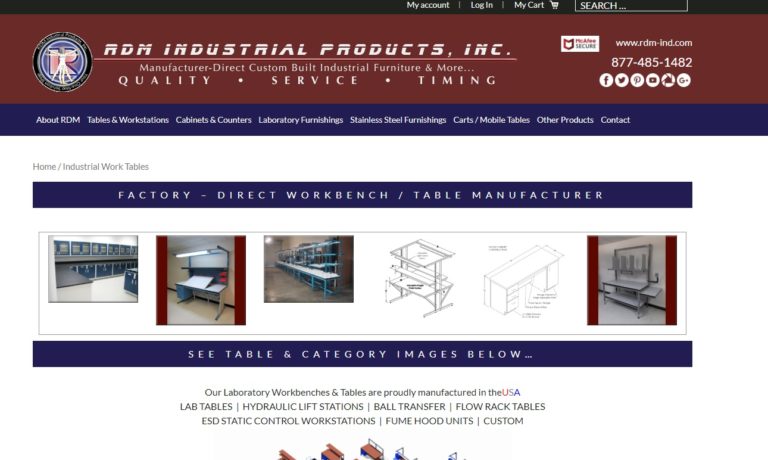
As a workstation manufacturer, Pro-Line offers industrial furnishing that increases employee productivity through creating an improved employee work environment.
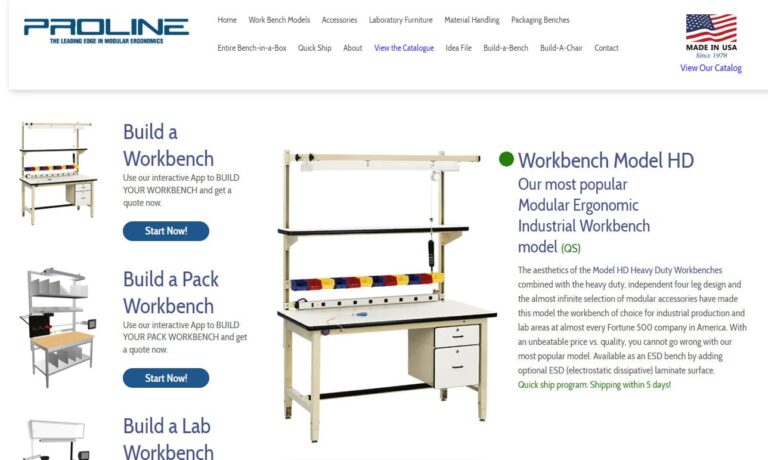
Geolean USA is your go-to partner for redefining workstations and elevating your workspace experience. Join hands with us to unlock the full potential of your work environment, where every workstation is a catalyst for productivity and success in the ever-evolving business landscape.

This progressive workstation manufacturer creates flexible, ergonomic solutions for a variety of work environments. ESD, clean room & lab benches, ball transfer assembly workstations, material handling flow rack stations, quick ship modular work benches & great accessories. With everything in-house, we ensure quality workmanship, great lead times & competitive prices for even custom bench designs.
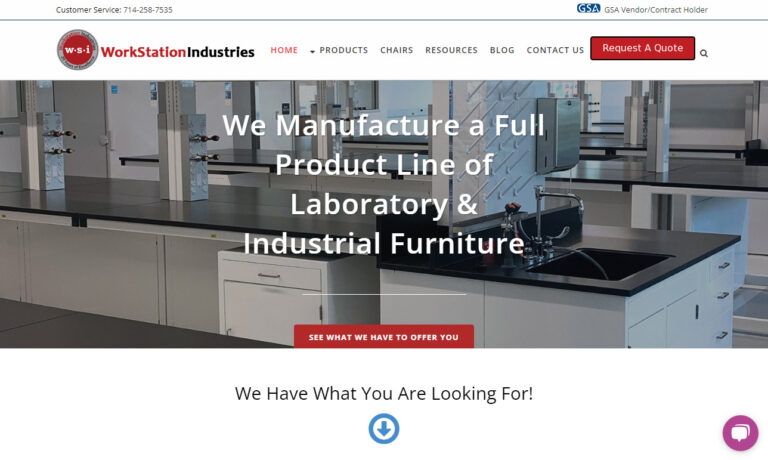
SteelSentry is a leader in industrial workstations and furniture. We strive for 100% customer satisfaction and offer the best warranty available. Our products are built for strength and durability and we manufacture a wide range of products from workbenches to computer stations to lab carts to clean room furniture and more. Customization is always an option and we will build to your exact specs.
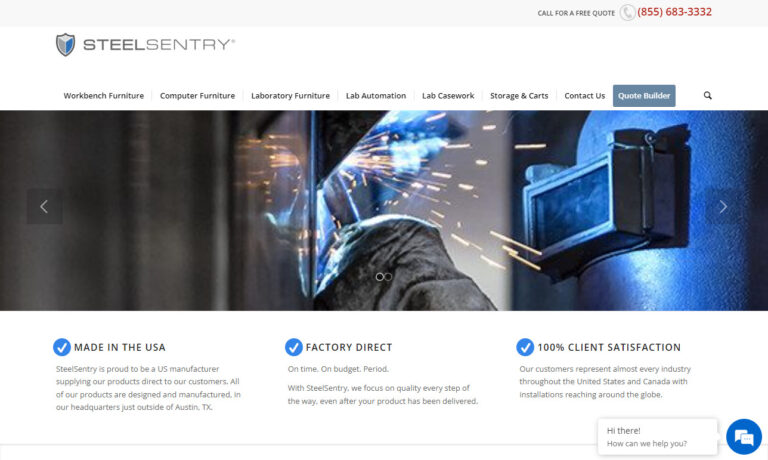
More Work Bench Manufacturers
Components of Workbenches
Workbenches consist of several essential components that contribute to their functionality and usability. To begin with, the work surface is a vital component, available in various materials such as wood, metal, or laminate. It should be durable, flat, and resistant to scratches and chemicals, providing a reliable area for tasks. Additionally, the frame and legs of the work bench provide structural support and stability, ensuring a sturdy foundation. Considerations for adjustable height and mobility options are also important, allowing users to customize the work bench to their preferred working position and accommodate different tasks. Furthermore, storage and organization features are crucial for keeping tools and materials within reach. Drawers, shelves, and cabinets provide convenient storage space, promoting an organized work area. Additional accessories such as vises, clamps, lighting fixtures, and power outlets enhance the functionality and versatility of the work bench. Finally, vises and clamps allow for secure workpiece holding, while lighting fixtures ensure adequate visibility, and power outlets enable the use of electric tools and devices. Each component plays a crucial role in creating a functional and efficient work bench that meets the specific needs of the user.
Assembly of Workbenches
Assembly of work benches is a crucial step in setting up a functional and reliable workspace. While the general assembly process for most workbenches follows a similar pattern, specific models may have variations in their assembly methods. Typically, the process begins by attaching the legs and frame to provide structural support. This involves securing the legs firmly to the frame using screws, bolts, or other appropriate fasteners. Once the base is stable, the work surface is then attached to the frame. Depending on the design, this may involve aligning pre-drilled holes on the work surface with corresponding holes on the frame and securing them together. It’s important to ensure a secure and level work surface to prevent any wobbling or instability during use. Lastly, any additional accessories such as drawers, shelves, vises, or lighting fixtures can be installed according to the manufacturer’s instructions. Following the manufacturer’s guidelines and safety precautions throughout the assembly process is essential to ensure a sturdy and safe work bench.
Variations of Workbenches
Workbenches come in various specialized variations to cater to specific applications and industries. One notable variation is the electronics workbench, which is specifically designed for electronics assembly and repair. These workbenches often feature anti-static properties to protect sensitive electronic components, integrated power supplies for convenient access to electricity, and efficient cable management systems to keep wires organized and tangle-free. Woodworking workbenches, on the other hand, are essential for woodworking projects and usually incorporate sturdy vises for holding workpieces securely, dog holes for clamping, and tool storage options for easy access to woodworking tools. Garage workbenches, meanwhile, are tailored for automotive maintenance and DIY projects, offering a durable work surface capable of withstanding heavy-duty tasks, integrated tool cabinets to keep tools organized, and pegboards for hanging frequently used tools. In laboratory settings, furthermore, specialized workbenches are designed with chemical-resistant materials, integrated fume hoods to extract harmful vapors, and specialized storage compartments for lab equipment. Each variation of workbench is specifically crafted to meet the unique demands of its intended application, providing the necessary features and functionality required for efficient and safe work.
Limitations of Workbenches
While workbenches are highly beneficial, they do have certain limitations. Ergonomic issues may arise if the work surface height or design does not accommodate the user’s needs. Limited workspace and adaptability can be challenging, especially in smaller environments. Lack of customization options may also restrict the work bench’s suitability for specific tasks. Safety concerns are an additional focus, as improper use or neglecting safety guidelines can lead to accidents or injuries.
Manufacturers’ Efforts to Overcome Limitations
Manufacturers are actively addressing the limitations associated with work benches. To start, they are integrating ergonomic features such as adjustable height mechanisms and ergonomic accessories to promote user comfort and reduce strain. Modular designs are also gaining popularity, allowing users to customize and adapt work benches to their specific needs and available space. Meanwhile, manufacturers have begun to offer a range of accessories and customization options to enhance functionality and address diverse requirements. Finally, safety remains a priority, with manufacturers adhering to safety standards and designing user-friendly features to minimize risks and accidents.
Benefits of Workbenches
Work benches offer a multitude of benefits that significantly contribute to productivity, organization, and safety in various industries. One of the key advantages is the dedicated workspace they provide. Work benches offer a designated area for tasks, ensuring that tools, materials, and equipment are easily accessible and organized. This promotes efficiency by eliminating the need to search for items and reducing clutter. Additionally, work benches enhance productivity by optimizing workflows. With a well-organized work surface and storage options, tasks can be completed more efficiently, saving valuable time. Work benches also contribute to workplace safety. They often come with integrated safety features such as non-slip surfaces, built-in guards, and ergonomic designs that reduce the risk of accidents and injuries. By providing stability and a controlled work environment, work benches create a safer space for handling tools and performing tasks. Furthermore, work benches can be versatile, accommodating a wide range of applications. From electronics assembly to woodworking and laboratory experiments, work benches offer adaptability, allowing users to tackle diverse tasks and projects. Overall, the benefits provided by work benches make them indispensable tools for professionals and hobbyists alike, promoting efficiency, organization, and safety in the workplace.
Applications of Workbenches
Workbenches find extensive applications across a multitude of industries and hobbies. In the realm of electronics, for instance, work benches serve as a hub for assembling and repairing electronic devices, soldering components, and troubleshooting circuits. Woodworking and carpentry also heavily rely on workbenches for precision cutting, sanding, and joinery tasks. In automotive maintenance and repair, meanwhile, garage work benches provide a sturdy workspace for tasks like engine repairs, part replacements, and vehicle modifications. Furthermore, artists and crafters utilize workbenches for painting, sculpting, and assembling art projects. Additionally, laboratories employ specialized work benches for conducting scientific experiments, analyzing samples, and performing research tasks. Metalworkers and welders utilize work benches for shaping, cutting, and assembling metal components, while jewelers rely on work benches for intricate jewelry making and watch repairs. Seamstresses and textile workers also use workbenches for cutting fabrics, sewing, and pattern-making. Even gardening enthusiasts find work benches useful for potting plants, organizing gardening tools, and working on small-scale landscaping projects. The versatility of work benches makes them invaluable tools in a wide range of applications, providing dedicated spaces that enhance productivity and organization for countless tasks and hobbies.
Choosing an Appropriate Workbench
Choosing an appropriate workbench requires careful consideration of several factors to ensure it meets your specific needs. Start by assessing the specific application and requirements of your work. Consider the types of tasks you’ll be performing, the tools and equipment you’ll need to accommodate, and the space available for the work bench. Evaluate the dimensions and size of the work bench, ensuring it fits comfortably within your workspace while allowing for maneuverability. Next, consider the desired features and accessories. Determine if you need storage options such as drawers, shelves, or cabinets for organizing tools and materials. Think about additional features like integrated lighting fixtures or power outlets that can enhance your workflow. Budget considerations are also important, so balance your requirements with the available budget while considering the long-term durability of the work bench. Reading customer reviews and seeking recommendations can provide valuable insights. Ultimately, choosing the right work bench involves finding a balance between functionality, size, features, and budget to ensure a workbench that optimally supports your specific application.
Choosing the Right Workbench Supplier
To ensure you have the most beneficial outcome when purchasing a work bench from a workbench supplier, it is important to compare several businesses using our directory of work bench suppliers. There, each work bench supplier has a business profile page highlighting their areas of experience and capabilities, along with a contact form to directly communicate with the supplier for more information or to request a quote. Review each work bench supplier website using our patented website previewer to quickly learn what each workbench supplier specializes in. Then, use our simple RFQ form to contact multiple workbench companies with the same form.
Check out our Hinges website
Check out our Plastic Bags website

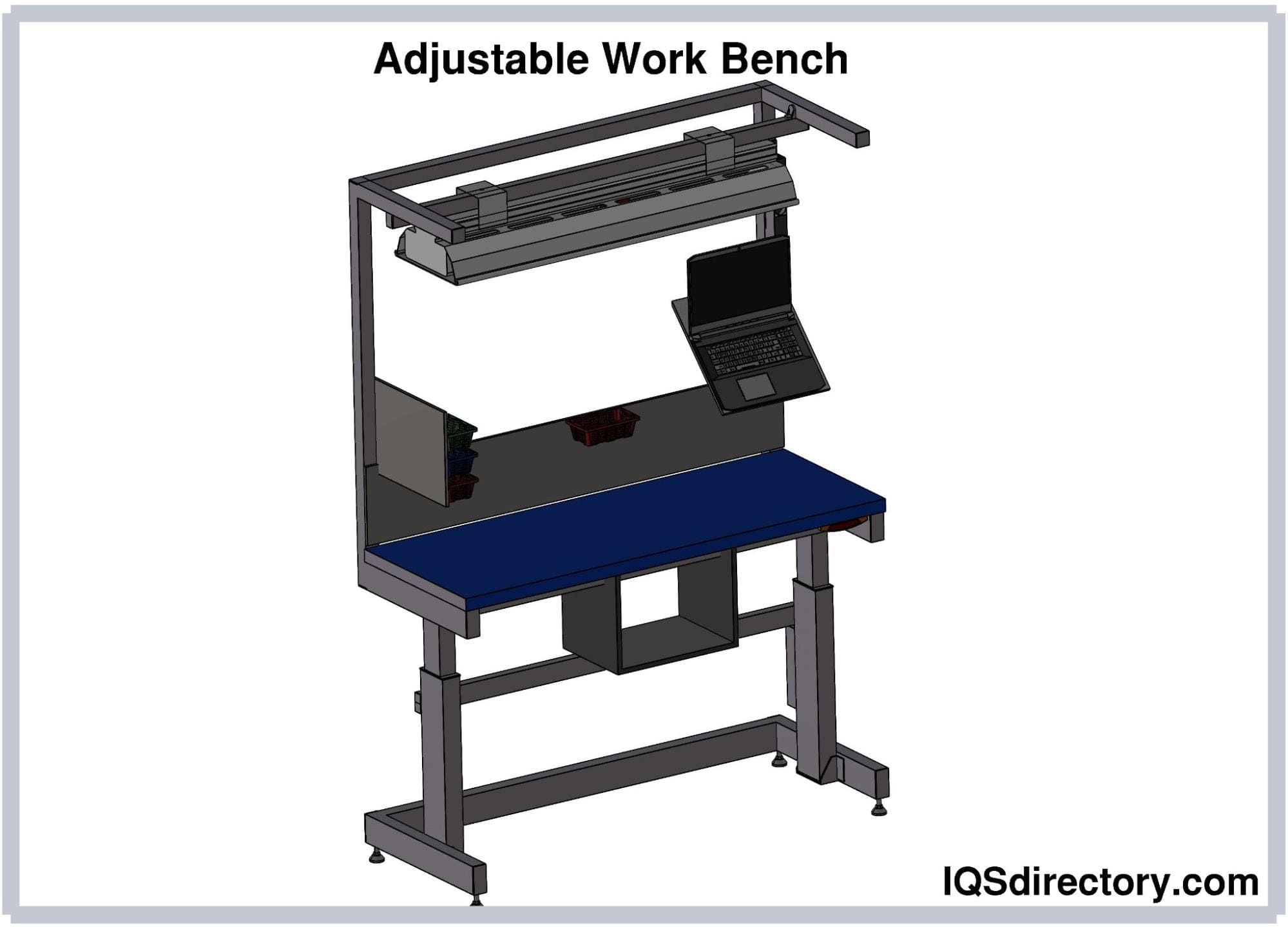
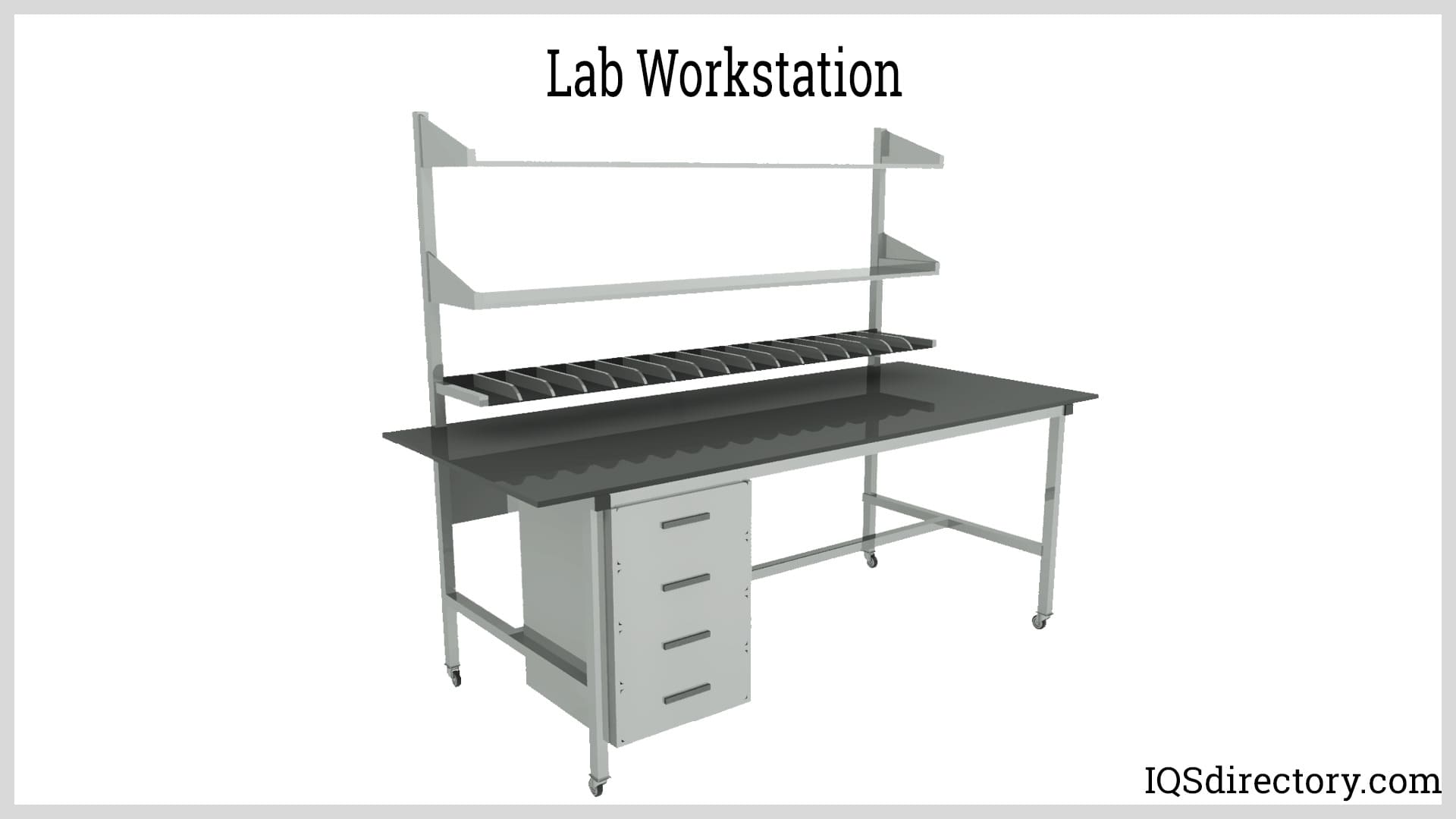
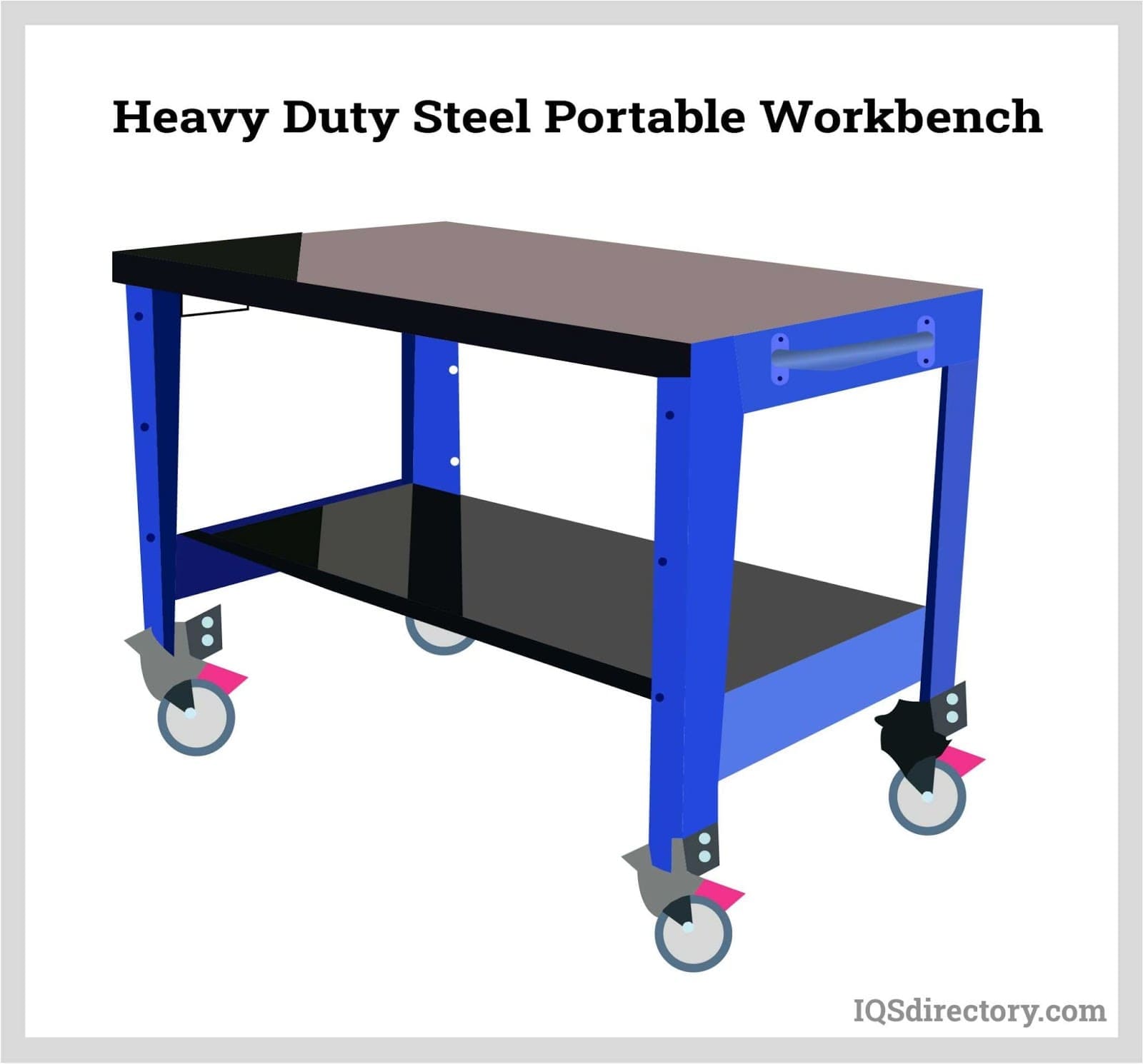
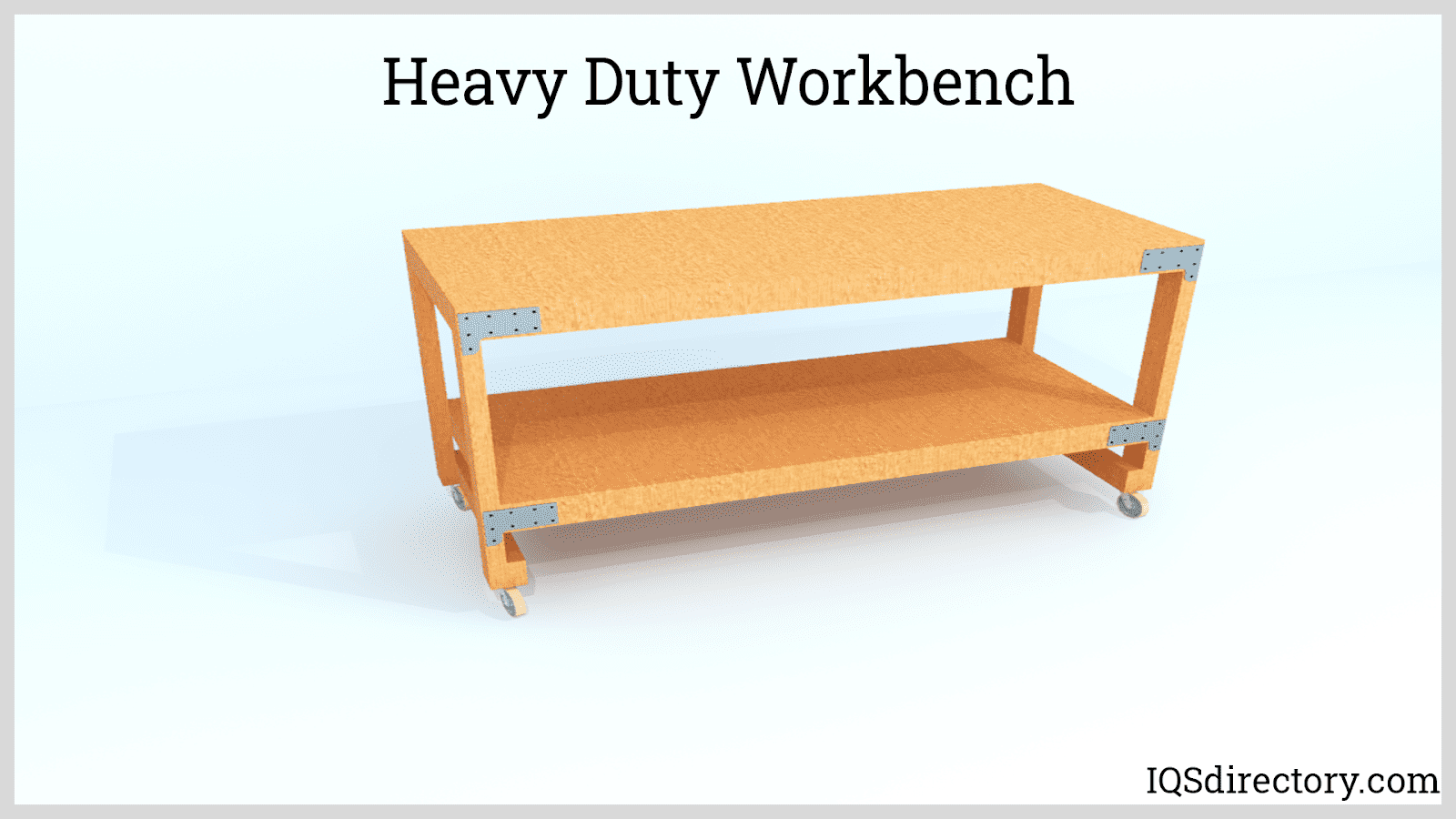
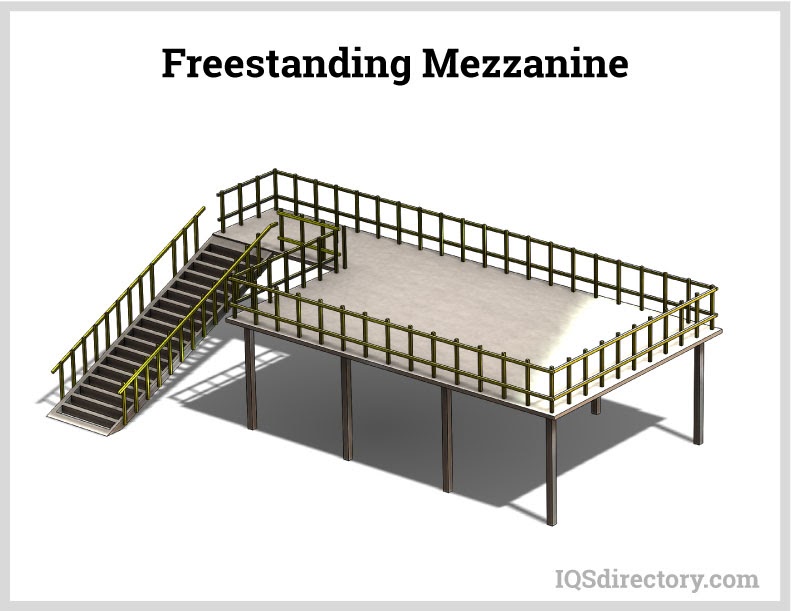
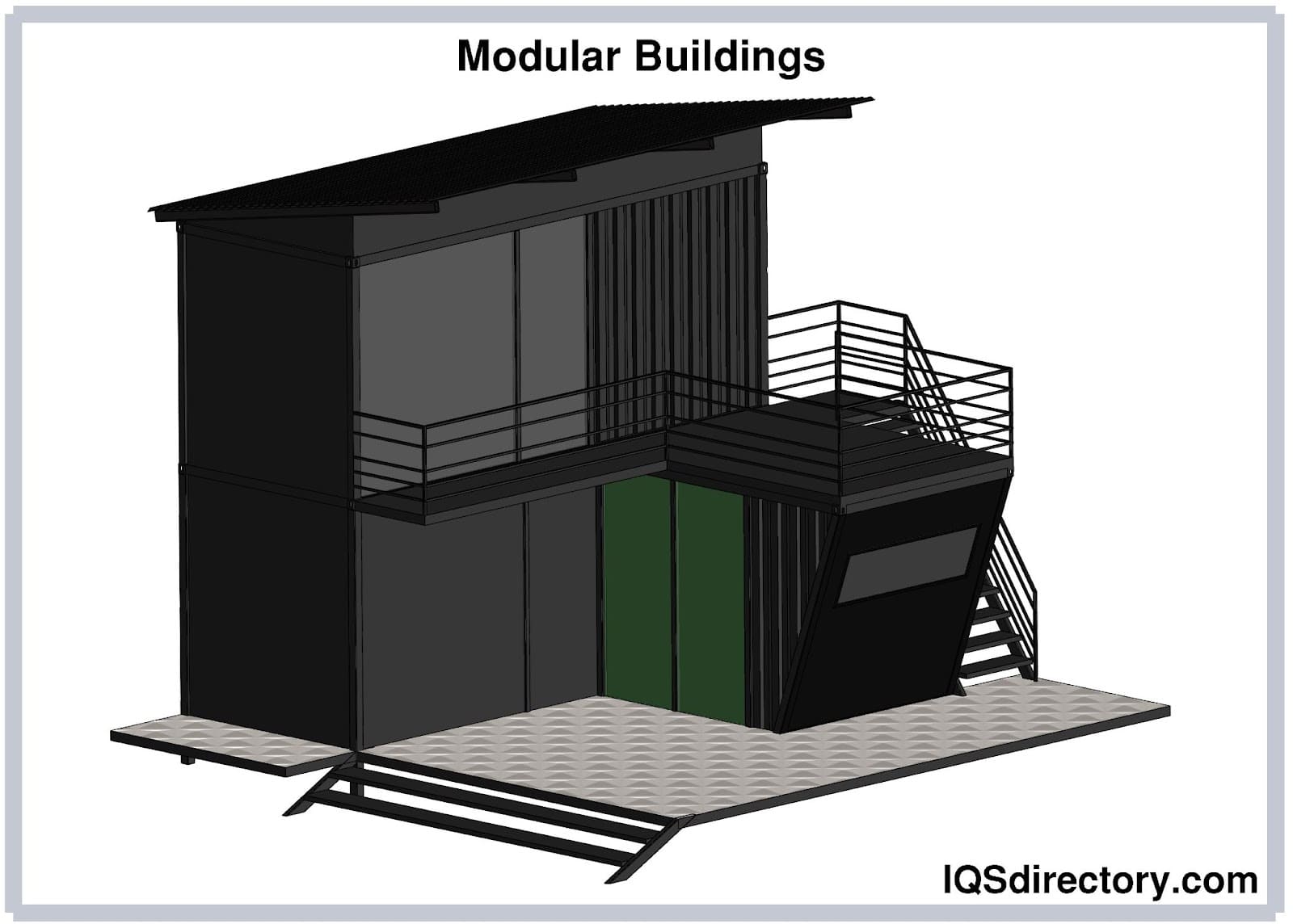
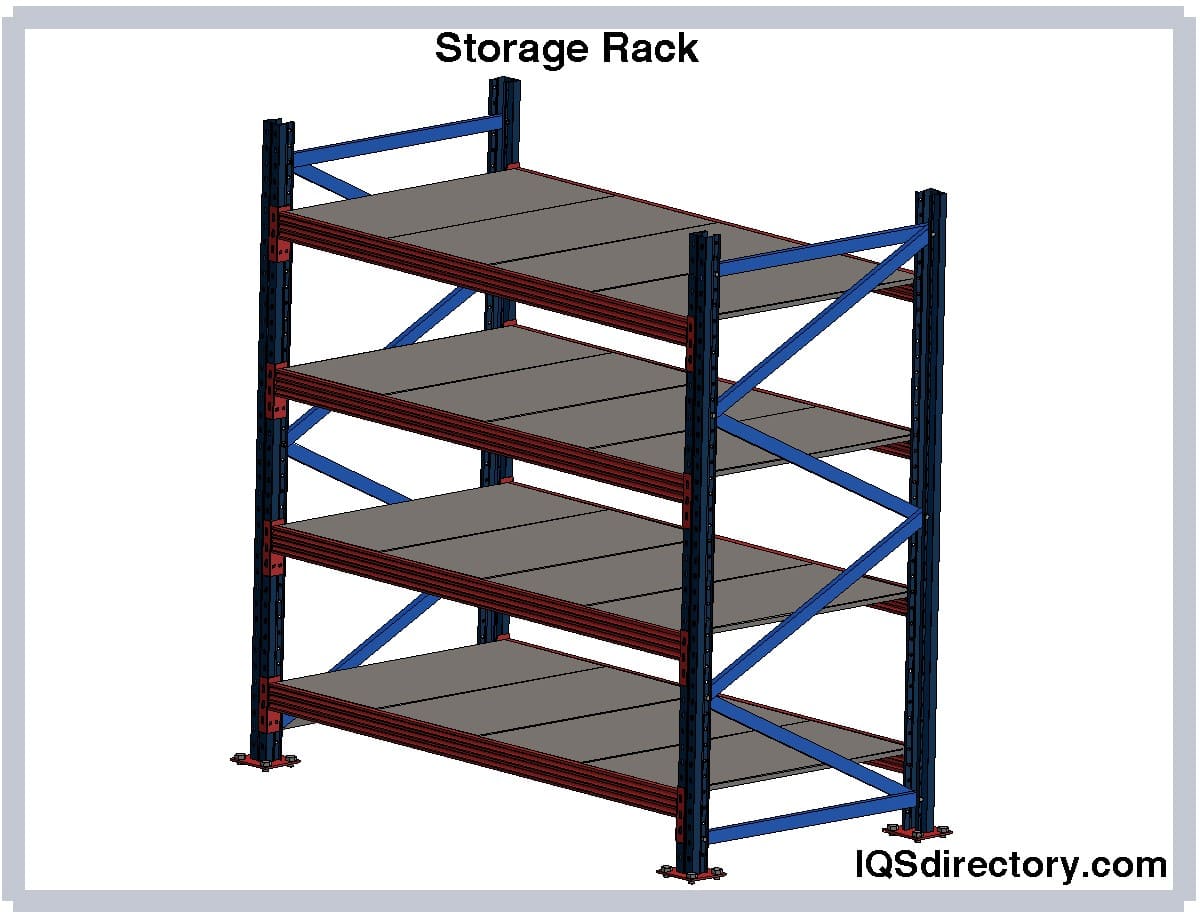
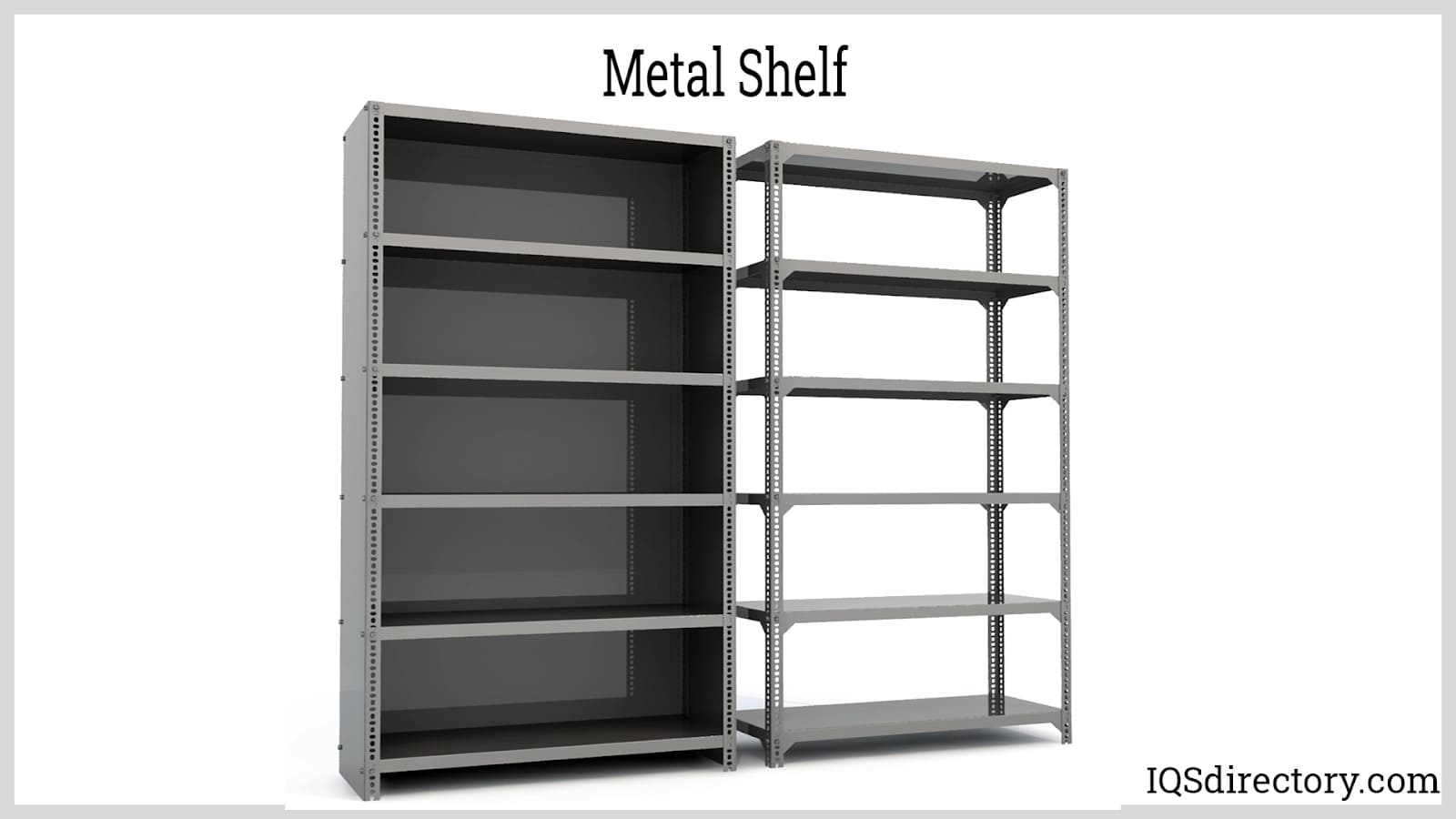

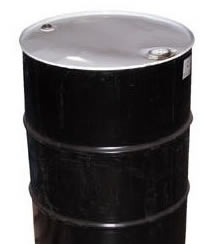 55 Gallon Drums
55 Gallon Drums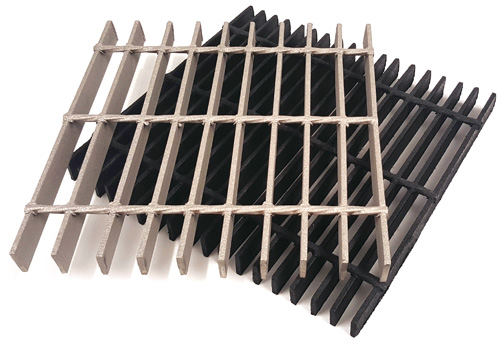 Floor Gratings
Floor Gratings Mezzanines
Mezzanines Modular Buildings
Modular Buildings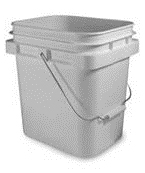 Plastic Containers
Plastic Containers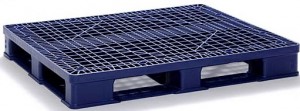 Plastic Pallets
Plastic Pallets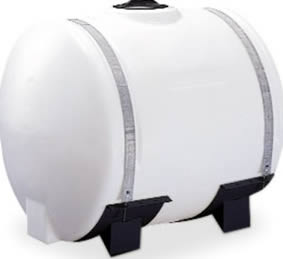 Plastic Tanks
Plastic Tanks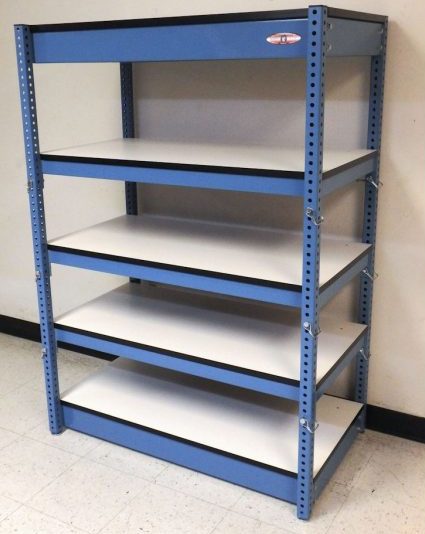 Steel Shelving
Steel Shelving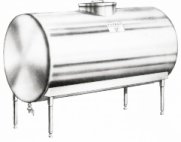 Stainless Steel Tanks
Stainless Steel Tanks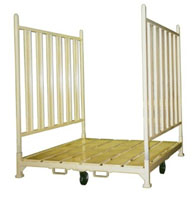 Storage Racks
Storage Racks Work Benches
Work Benches Castings & Forgings
Castings & Forgings Bulk Material Handling
Bulk Material Handling Electrical & Electronic Components
Electrical & Electronic Components Flow Instrumentation
Flow Instrumentation Hardware
Hardware Material Handling Equipment
Material Handling Equipment Metal Cutting Services
Metal Cutting Services Metal Forming Services
Metal Forming Services Metal Suppliers
Metal Suppliers Motion Control Products
Motion Control Products Plant & Facility Equipment
Plant & Facility Equipment Plant & Facility Supplies
Plant & Facility Supplies Plastic Molding Processes
Plastic Molding Processes Pumps & Valves
Pumps & Valves Recycling Equipment
Recycling Equipment Rubber Products & Services
Rubber Products & Services